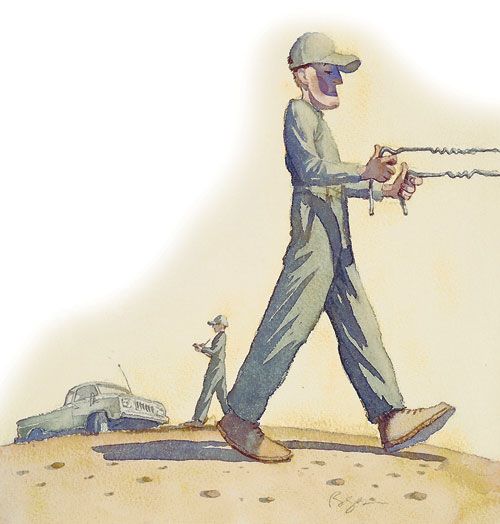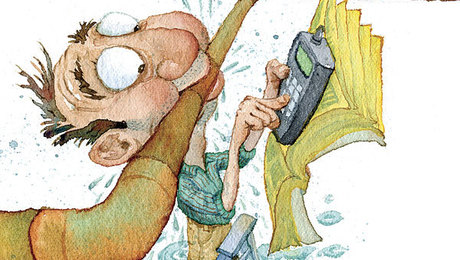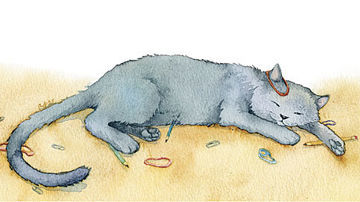The Witching Hour
Great moments in building history: In cases like this, it's good to know that U. S.-Soviet tensions have cooled

In 1977 I moved to Great Falls, Montana, for an extended visit with college friends. They had purchased a house in the high, flat wheat country north of town, and their house had no well or indoor plumbing. Local water tables are too deep to make well-drilling practical, so most people have underground water tanks. Their water is trucked from large wells in the lower river valleys.
I took on renovating an enclosed porch into a bathroom and installing a water system with pump, indoor plumbing and septic system. First I excavated a crawlspace under the porch with a pick and shovel, a project that took three weeks of hard labor. Next I rebuilt the floor, installed the piping and fixtures, etc. Then I had to install the septic system.
Great Falls has the distinction of being home to one of the United States’ largest installations of underground nuclear missiles. Missile silos dot the landscape, and the main roads have signs directing Air Force personnel to the various silos. We could see J-7, the nearest silo, about 2 miles away across the wheat fields. Underground cables connect the silos to the central control at the Air Force base in Great Falls. The cables are spliced about every mile, and a brightly painted pole marks the splice point. There was one such splice pole on the other side of the house from our proposed septic system, but a neighbor warned me that he had seen the cable being laid and that the cable went very close to where I planned to dig. I called the missile-cable location center at the base and was told a team would be out in the morning to locate the cable.
My friend Peter, the homeowner, and I were in the yard when the Air Force truck pulled in with three soldiers in the cab. They jumped out to locate the cable, but their equipment was decidedly low tech. They had a pair of bent coat hangers to dowse, or witch, for the cable. Peter and I watched in amazement as the uniformed men held the bent wire and watched for it to turn toward the cable. They could see the splice pole in the yard and another 1 mile distant. The witching showed that the cable ran in a straight line between the two poles and not near my project. “No problem,” they said and jumped into the truck to go to another site. Peter and I looked at each other in disbelief. We jumped into our truck and drove off to visit the neighbor who had seen the cable installed. He shook his head and said the cable definitely went around the house near where I would dig.
I envisioned hooking the cable, hearing a roar from J-7 and accidentally starting World War III. I decided to call back the base to double-check. When I told the officer in charge that the crew had used coat hangers to locate the cable, he went ballistic. “Were they witching for that cable again?” he shouted. “I’ve told them a hundred times to bring the Goldblatt! You go ahead and dig, and if you hit that cable, their butts will be in a sling.” I did not feel encouraged.
Fortunately, a sheepish team of missile-cable locators returned early the next morning with the electronic Goldblatt. This machine quickly followed the cable from the splice pole, around the house but far enough from our septic project to be safe.
I finished the system without further incident but have never felt confident about the military’s care of our missile-defense system. I did find out later from a retired Air Force officer that missiles can be fired only by the two individuals in the silo acting simultaneously. Still, I’m glad U. S.-Soviet tensions have cooled.
—Paul Tuller, Dublin, New Hampshire
Drawing by: Jackie Rogers
Fine Homebuilding Recommended Products
Fine Homebuilding receives a commission for items purchased through links on this site, including Amazon Associates and other affiliate advertising programs.

8067 All-Weather Flashing Tape

Handy Heat Gun

Affordable IR Camera


























